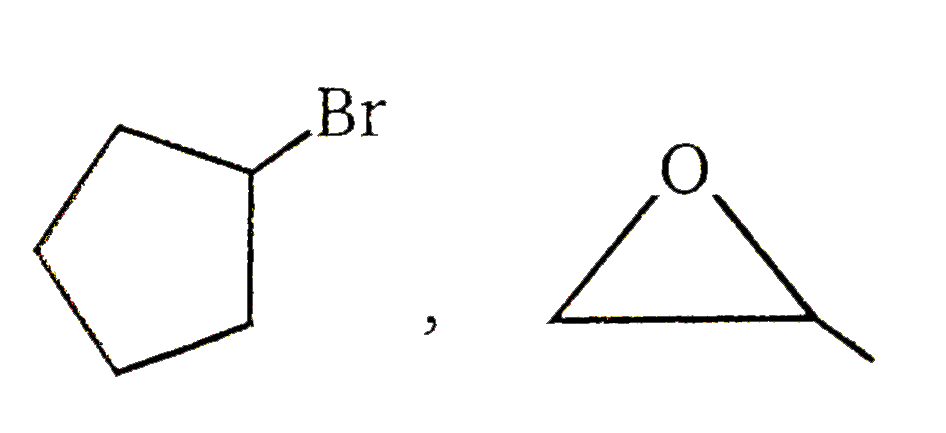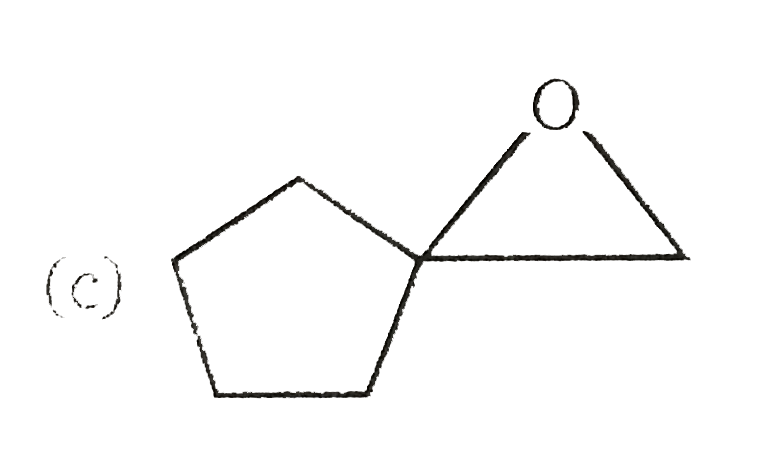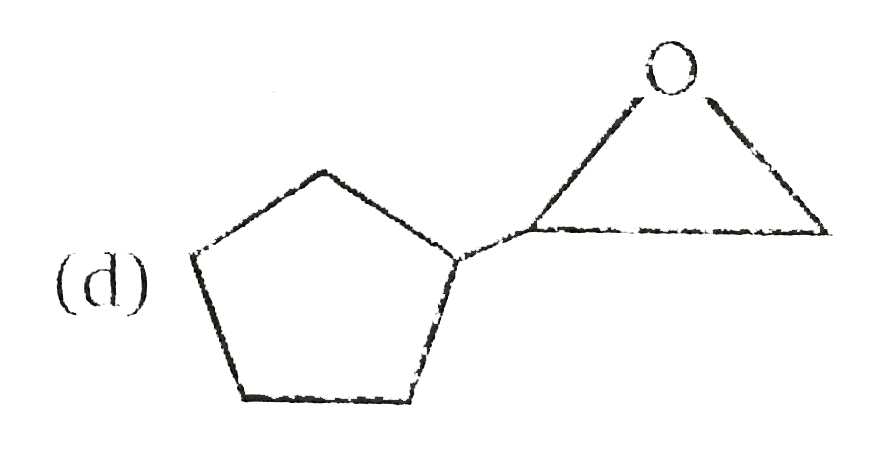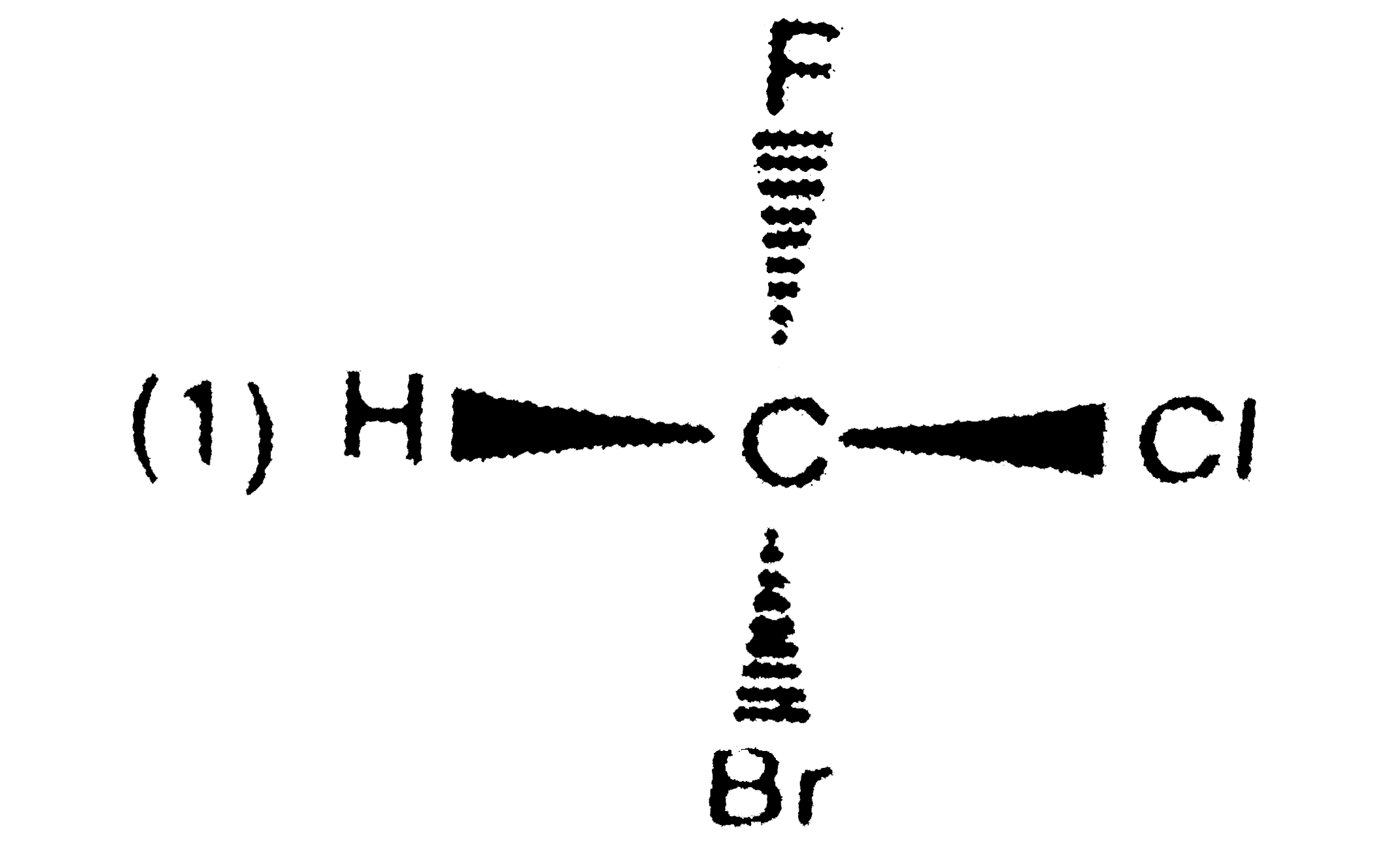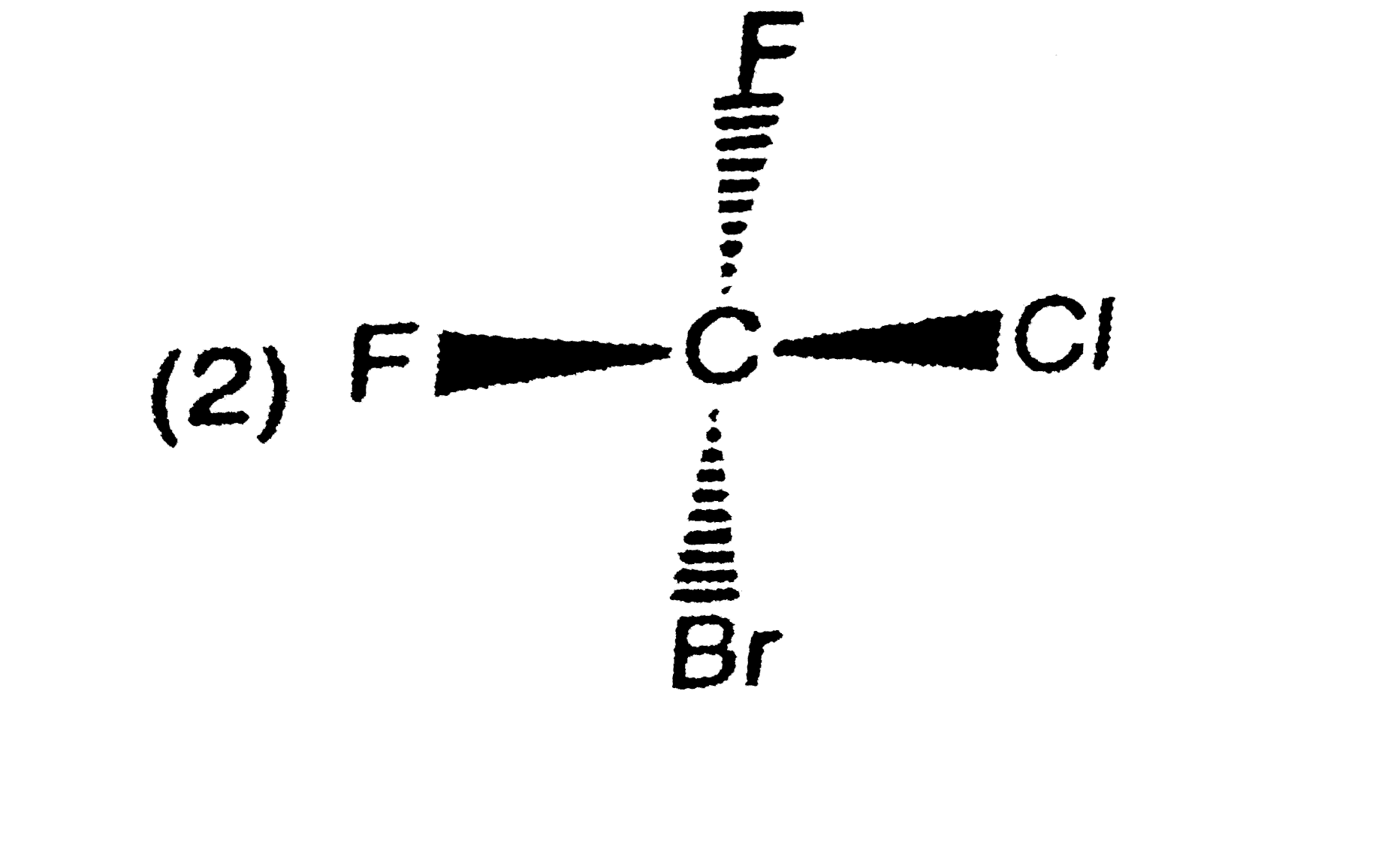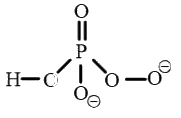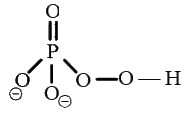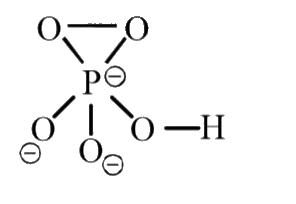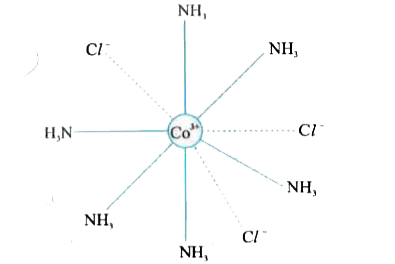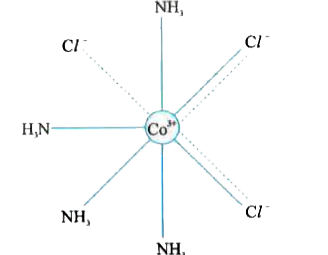Explore topic-wise InterviewSolutions in .
This section includes InterviewSolutions, each offering curated multiple-choice questions to sharpen your knowledge and support exam preparation. Choose a topic below to get started.
| 18001. |
Why cannot Al be reduced by carbon ? |
| Answer» Solution :Aluminium is STRONGER reducing AGENT than CARBON and therefore, cannot be REDUCED by it. | |
| 18002. |
Which of the following halides would undergo nucleophilic substitution most readily (SN_1)? |
|
Answer» 1- Chloro-1 BUTANE |
|
| 18003. |
When H_2SO_4 is added to charcoal |
|
Answer» There is no reaction |
|
| 18004. |
What are active centres? |
| Answer» Solution : (i) The surface of a catalyst is not SMOOTH. It bears steps, cracks and corners. (ii) Hence the atoms on such locations of the surface are co-ordinatively unsaturated. iii) So, they have much residual force of attraction. (iv) Such sites are CALLED active centres. So, the surface carries HIGH surface free ENERGY (v) The presence of such active centres increases the rate of REACTION by adsorbing and activating the reactants | |
| 18005. |
Two -OH bonds are present in |
|
Answer» <P>`H_(4)P_(2)O_(5)` |
|
| 18006. |
The vapour pressure of two liquids X and Y are 80 and 60 torr respectively. The total vapour pressure of the ideal solution obtained by mixing 3 moles of X and 2 moles ofYwould be |
|
Answer» 68 Torr `p _(X) =80` Torr `p _(Y) =60` Torr `n _(X)=3` moles `n_(X) =2` moles `n _(Y)=2` moles mole fraction of `X (x_(X))=(n _(X))/(n _(X)+ n_(Y))=(3)/(3+2) =3/5` mole fraction of `Y (x _(Y))=(n_(X))/(n_(X)+ n _(Y)) =(2)/(3+2) =2/5` Total Pressure, `P = p_(x) x _(X) + p_(Y) x _(Y)` `=3/5x 80 +2/5 XX 60 =40+24=72.` Torr. |
|
| 18007. |
Write Nernst equation for single electrode potential. |
|
Answer» Solution :For the ELECTRODE reaction, `M^(N+)//n e^(-)TOM` `E_(M^(N+)//M)=E_(M^(n+)//M)^(@)-(2.303RT)/(nF)"log"([M])/([M^(n+)])=E_(Mn^(2+)//M)^(@)-(2.303RT)/(nF)"log"(1)/([M^(n+)])`. |
|
| 18008. |
Which of the following acid does not contain +5 oxidation state ? |
|
Answer» Orthophosphoric acid |
|
| 18009. |
Which of the following reactions will not give a primary amine? |
|
Answer» `CH_3 CONH_2 OVERSET(Br_2 // KOH)to` |
|
| 18010. |
What is the role of zinc metal in the extraction of silver ? |
|
Answer» Solution :Zinc is more electropositive than silver and it displaces silver from the SOLUBLE cyanide COMPLEX. `2Na[Ag(CN)_(2)]+Zn to Na_(2)[Zn(CN)_(2)]+underset((ppt.))(2AG)` |
|
| 18011. |
Which of the following solutions have lowest freezing point ? |
|
Answer» 0.1 M glucose (A) 0.1 M glucose (0.1 mole particles) (B) 0.1 M NaCl (`NaCl hArr Na^(+)+Cl^(-),0.2` mole particles) (C) `0.1 M BaCl_(2)(BaCl_(2) hArr Ba^(2+)+2Cl^(-), 0.3 "mole particles")` (D) 0.1 M urea (0.1 mole particles). `DeltaT_(b)` will be largest for C and , therefore, boiling point will be largest. |
|
| 18012. |
Which is correct relation in between (dC)/dt,(dn)/dtand(dP)/dtwhere C,n,P, represents concentration ,mole and pressure terms for gaseous phase reactant A(g)rarr product. |
|
Answer» `-(DC)/dt=-1/V(DN)/dt=-1/(RT)(dP)/dt` |
|
| 18013. |
Urea is prepared in the laboratory by the action of NH_(3) on |
|
Answer» CARBONYL CHLORIDE ETHYL carbonate |
|
| 18014. |
The size of particles in suspension, true solution and colloidal solution varies in the order : |
|
Answer» SUSPENSION`gt`COLLOIDAL`gt`true solution |
|
| 18015. |
Why are solids hard and rigid ? |
| Answer» SOLUTION :Due to strong ATTRACTIVE forces between the constituent UNITS. | |
| 18016. |
Which of the following is most reactive toward catalytic hydrogenation ? |
|
Answer» `R-OVERSET(O)overset(||)(C)-CL` |
|
| 18017. |
Which of the following are not aromatic? |
|
Answer»
(IV) should contain `(4n+2)pi` ELECTRONS. |
|
| 18018. |
The standard reduction potentials for Zn^(2+)//Zn, Ni^(2+)//Ni and Fe^(2+)//Fe are -0.76,-0.23 and -0.44 V respectively. The reaction X+Y^(2+)toX^(2+)+Y will be spontaneous when |
|
Answer» `X=Zn,Y=Ni` (a) `Zn+Ni^(2+)toZn^(2+)+Ni`, `E_(cell)^(@)=E_(Ni^(2+)//Ni)^(@)-E_(Zn^(2+)//Zn)^(@)=-0.23-(-0.76)V` (b) `Ni+Fe^(2+)toNi^(2+)+Fe,E_(cell)^(@)=E_(Fe^(2+)//Fe)^(@)-E_(Ni^(2+)//Ni)^(@)=-0.44-(-0.23)V` `=-0.21V` (c) `Ni+Zn^(2+)toNi^(2+)+Zn,E_(cell)^(@)=-0.53V` from (a) (d) `Fe+Zn^(2+)toFe^(2+)+Zn,E_(cell)^(@)=E_(Zn^(2+)//Zn)^(@)=E_(Fe^(2+)//Fe)^(@)=-076-(-0.44)V=-0.32V` |
|
| 18019. |
What are antiseptics ? Give examples. |
| Answer» Solution :Drugs which are APPLIED to the living tissues to kill the bacteria and to stop their growth in wound, thus preventing its infection are called antiseptics. Examples : Iodoform, BORIC acid, phenol (DILUTE solution), `H_(2)O_(2)`, etc. | |
| 18021. |
Which of the following isomerism is/are not shown by the complex [Co(Cl_(2)(OH)_(2)(NH_(3))_(2)]Br? |
|
Answer» Ionization ionisation, GEOMETRICAL, optical (CIS form) |
|
| 18022. |
Which of the following reagents can be used to prepare ethyl carbylamine (as a major product) from ethyl iodide |
|
Answer» HCN |
|
| 18023. |
Why alkyl cyanides are soluble in water? |
| Answer» SOLUTION :LOWER alkyl cyanides are WATER soluble because they can FORM hydrogen BONDS with water. | |
| 18024. |
Which one of the following does not represent cell constant correctly ? |
|
Answer» It is the ratio of specific conductance to observed conductance |
|
| 18025. |
Which combination (s) of alkyl bromide and epoxide can be used to prepare the following product by addition of the Grignard derived from the alkyl bromide to the epoxide ? |
|
Answer»
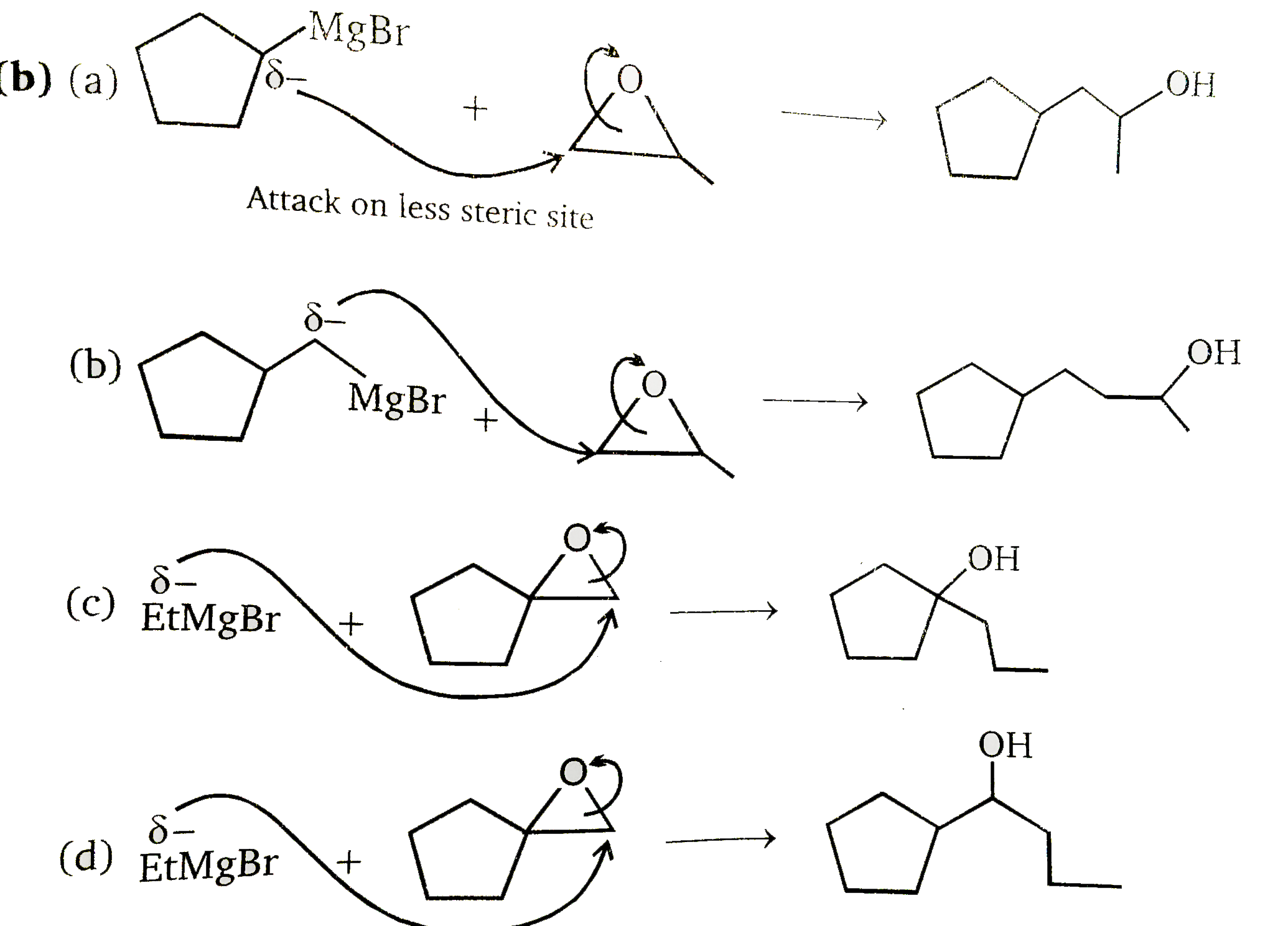
|
|
| 18026. |
The time of completion of 90% of a first order reaction is approximately |
|
Answer» 1.1 TIMES that of half-LIFE `k = (2.303)/(t)"log" (a)/((a-x))` ` t = (2.303)/(k) "log" (100)/((100 - 90)) = (2.303 XX t_(1//2))/(0.593) xx "log" (100)/(10)` `= 3.3 xx t_(1//2) xx "log" 10 = 3.3 t_(1//2)`. |
|
| 18027. |
What happens when colloidal solution ofFe(OH)_(3) smf As_(2)S_(3) are mixed ? |
| Answer» | |
| 18028. |
Which of the following cannot act as Lewis acid? |
|
Answer» `BCl_(3)` |
|
| 18029. |
What will bethe initial rate of a reaction if its rate constant is 10^(-3) min^(-1) and the concentration of reactant is 0.2 mol dm^(-3) ? How much of reactant will be converted into Products in 200 min? |
| Answer» SOLUTION :`2.0 xx 10^(-4) "mol" dm^(-3) "min"^(1), 18%` | |
| 18030. |
Which of the following can be used as the halide component for Friedel-Crafts reaction? |
|
Answer» Chlorobenzene |
|
| 18031. |
Which of the following molecules possess a plane of symmetry ? |
|
Answer»
|
|
| 18032. |
Write Freundlich's adsorption isotherm. |
|
Answer» <P> Solution :`x/m = kp^(1//N)` ,where `x/m`represents extent of adsorption, p is PRESSURE, k is constant and n is a whole NUMBER. |
|
| 18033. |
The solubility of oxygen in water is 1.25xx10^(-3) M at a pressure of 1 atm and 298 K . Solubility of atmospheric oxygen at sea level and the same temp will be : |
|
Answer» `1.25 xx10^(-3)M` |
|
| 18034. |
Which of the following ion posses six unpaired electrons ? |
|
Answer» `Eu^(3+), Ce ^(3+), GD^(3+)` |
|
| 18035. |
Yb^(+2) and Lu^(3+)are diamagnetic due to |
|
Answer» VACANT 'f' sub SHELLS |
|
| 18036. |
Which one of these is not known? |
|
Answer» `CuCl_(2)` `2CuI_(2) RARR Cu_(2)I_(2)+I_(2)` |
|
| 18037. |
What would be the partial pressure of oxygen gas to get equal moles of SO_2 and SO_32SO_2(g) + O_2(g) iff 2SO_3(g)Given that partial pressures of SO_2, O_2and SO_2are 0.662 atm, 0.101 atm and 0.331 atm respectively. |
| Answer» SOLUTION :0.404 ATM | |
| 18038. |
Variability in the oxidation states of lanthanides is limited. Why? |
| Answer» Solution :The COMMON oxidation state of lanthanides is `+3`. EXISTENCE of `+2 and +4` states is due to the fact that empty, half-filled or completely f-subshells provide lower energy and ions get stabilised. `Ce^(4+)` has `f^(0), Tb^(4+)` ha `f^(7), Eu^(2+)` has `Yb^(2+)` has `f^(14)` stable configurations. | |
| 18039. |
What is epimerisation? |
| Answer» Solution :The process by which ONE EPIMER is converted into other is called epimerisation and it requires the enzymes epimerase. Galactose is converted to GLUCOSE by this MANNER in our BODY. | |
| 18040. |
What is the effect of the following groups on the acidity of phenol ? (i) -CH_(3) group (ii) -NO_(2) group. |
|
Answer» Solution :(i) The PRESENCE of `-CH_(3)`group in the phenol decreases the acidity of phenol as it is an ELECTRON donatinggroup. Therefore, it will INTENSIFY the NEGATIVE charge and thus, release of a proton becomes more difficult.As a result, the acidity decreases. (ii) Since - `NO_(2)`group is an electron withdrawing group. It disperses, the negative charge of the phenonide ion and thus STABILIZES it. Therefore, `NO_(2)`group will increase the acidic strength of phenols. 
|
|
| 18041. |
Which of the following is more basic than aniline? . |
|
Answer» Diphenylamine |
|
| 18043. |
Time required to decompose SO_(2)Cl_(2) to half of its initial amount is 60 minutes .If the decomposition is a first order reaction.Calculate the rate constant of the reaction. |
| Answer» SOLUTION :0.01155 `MIN^(-1)` | |
| 18044. |
Which one of the following species is planar and non-polar with two lone pairs of electrons on the central atom ? |
|
Answer» `CIF_3` 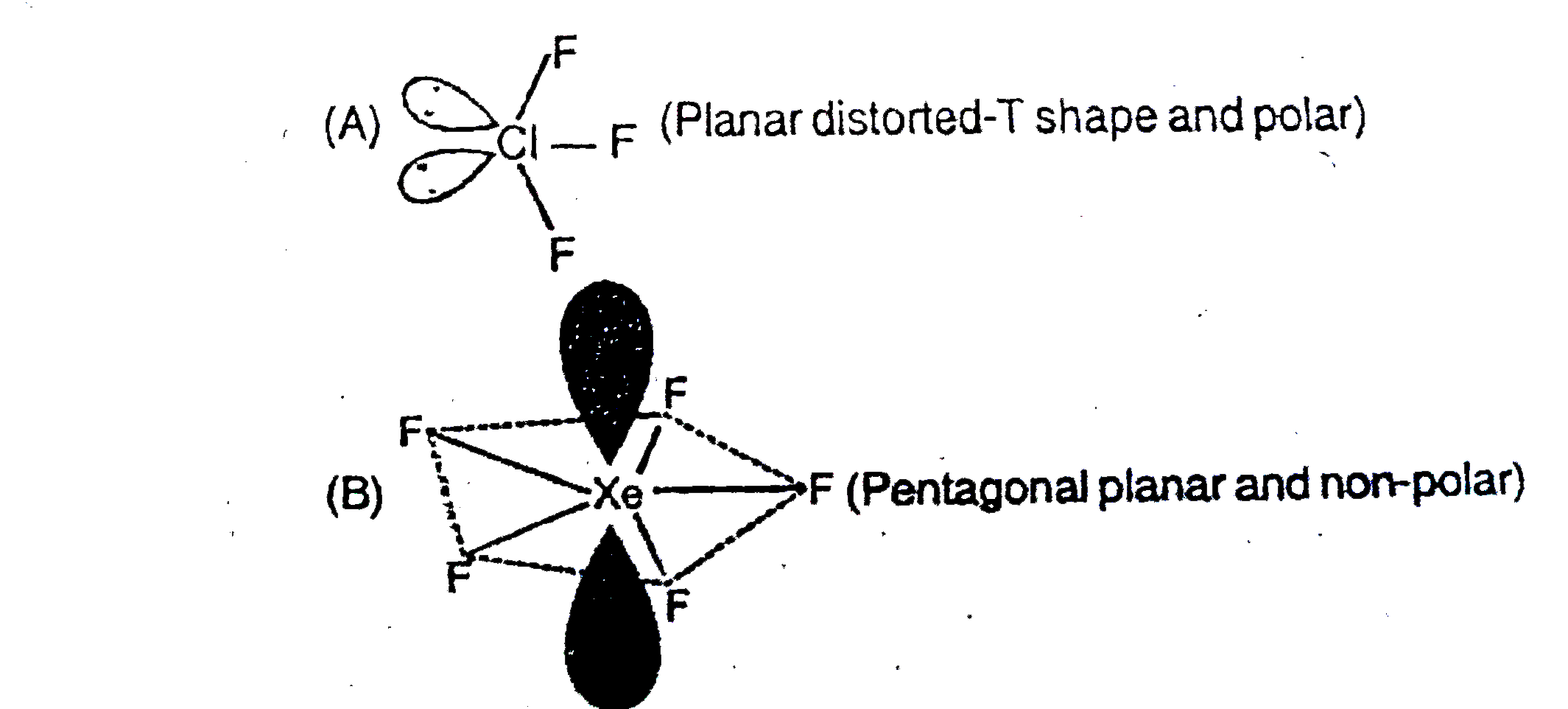 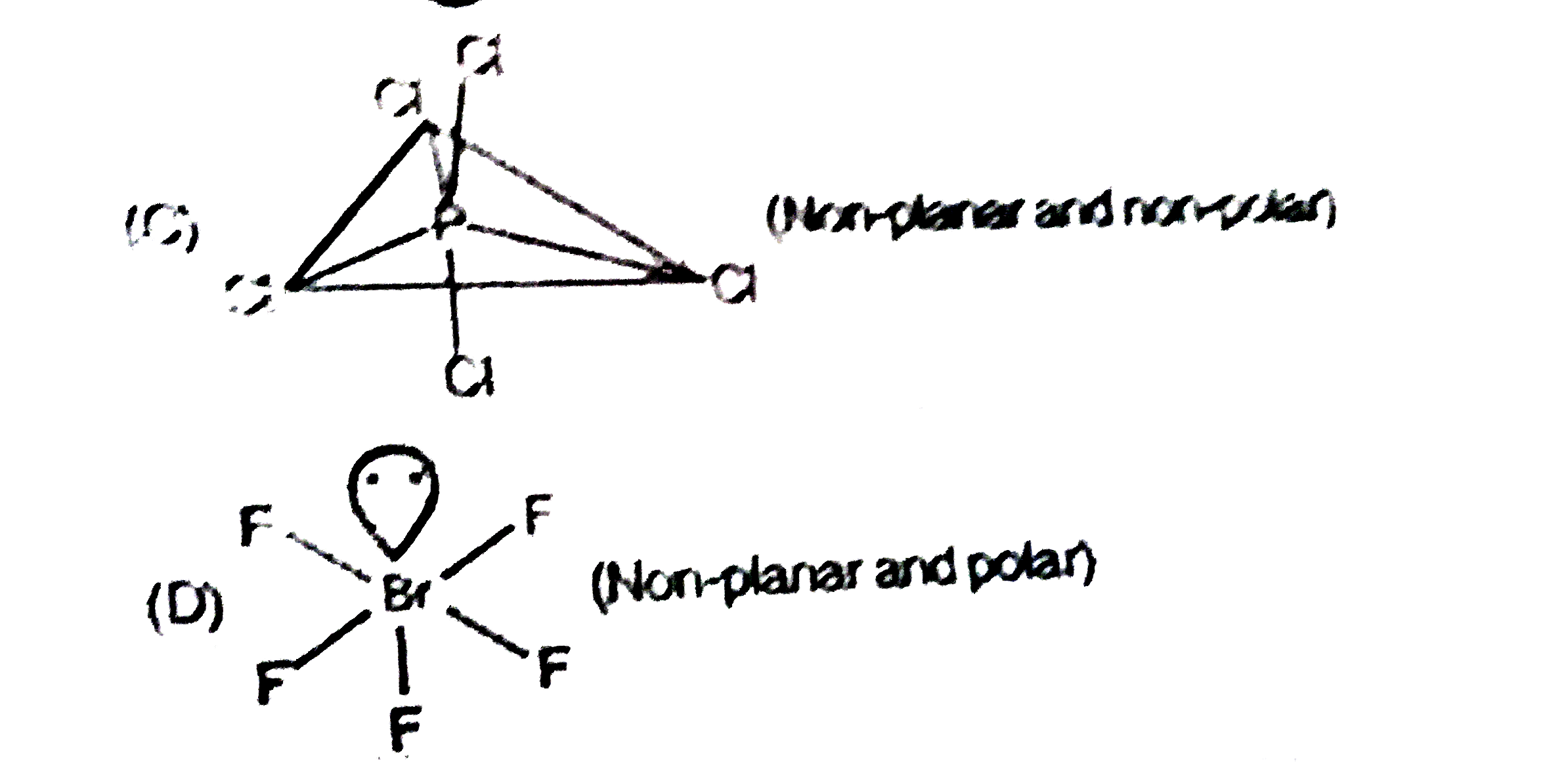
|
|
| 18045. |
When H^+ is going to be added to the PO_5^(3–), then the obtained formula will not have the structure of |
|
Answer»
|
|
| 18046. |
Which one of the following contains particle equalto those in 12 g Mg ?( AT.WT. Mg = 24) |
|
Answer» 12 G carbon |
|
| 18047. |
What is the action of ammonia on the following : (a) Br_(2) (b) I_(2)(c) Na (d) Cu^(2+) (e ) CoCl_(2) ? |
|
Answer» Solution :(a) `NH_(3)`, with `Br_(2)`, forms `NH_(4)Br` and `N_(2)` `8NH_(3) + 3Br _(2) to 6NH_(4)Br + N_(2)` (b) Ammonia with `I_(2)` forms brown PRECIPITATE of nitrogen triodide ammonia, `NH_(3)NI_(3)` `2NH_(3) + 3I_(2) to NH_(3) NI_(2) +3HI` `NH_(3) NI_(2)` is explosive in dry state and decomposes to produce `N_(2)` and `I_(2)` `8NH_(3)NI_(3) to 5N_(2) + 9I_(2) + 6NH_(4)I` (c) Ammonia with electropositive metal like Na and K forms amide. `2Na +2NH_(3) to underset("deep BLUE COMPLEX")([Cu(NH_(3))_(4)]_((aq)))` (d) `Cu_((aq))^(2+) + 4NH_(3)^((aq)) to underset("deep blue complex")([Cu(NH_(3))_(4)]_((aq)))` (e) `CoCl_(2) + 6NH_(3) to [Co(NH_(3))_(6)]Cl_(2)` |
|
| 18048. |
Which of the following methods can not be used to determine the molecular weight of non-volatile solute? |
|
Answer» VICTOR Meyer.s METHOD |
|
| 18049. |
Which of the following complex (Werner presentation) have minimum electrical conductance in aqueous solution |
|
Answer»
|
|
| 18050. |
The vapour pressures of pure liquids A and B are 450 and 700 mm Hg at 350 K respectively. Find out the composition of the liquid mixture if total vapour pressure is 600 mm Hg. Also find the composition of the vapour phase. |
|
Answer» Solution :Here, `p_(A)^(@)="450 mm,"p_(B)^(@)="700 mm,"p_("Total")="600 mm"` `"Applying Raoult's law,"p_(A)=x_(A)xxp_(A)^(@),""p_(B)=x_(B)xxp_(B)^(@)=(1-x_(A))p_(B)^(@)` `""P_("Total")=p_(A)+p_(B)=x_(A)p_(A)^(@)+(1-x_(A))p_(B)^(@)=p_(B)^(@)+(p_(A)^(@)-p_(B)^(@))x_(A)` Substituting the GIVEN values, we get `600=700+(450-700)x_(A)"or"250x_(A)=100"or"x_(A)=(100)/(250)=0.40` THUS, composition of the liquid mixture will be `x_(A)" (mole fraction of A) = 0.40,"x_(B)" (mole fractiobn of B)"=1-0.40=0.60` `THEREFORE""p_(A)=x_(A)xxp_(A)^(@)=0.40xx"450 mm = 180 mm,"p_(B)=x_(B)xxp_(B)^(@)=0.60xx"700 mm = 420 mm"` `"Mole fraction of A in the vapour phase"=(p_(A))/(p_(A)+p_(B))=(180)/(180+420)=0.30` Mole fraction of B in the vapour phaes `=1-0.30 = 0.70.` |
|





